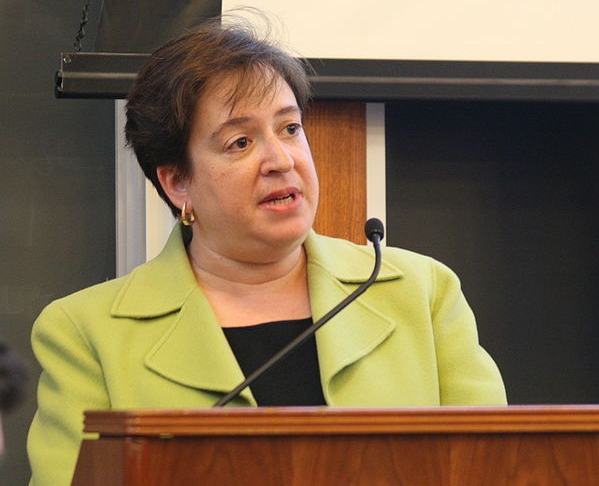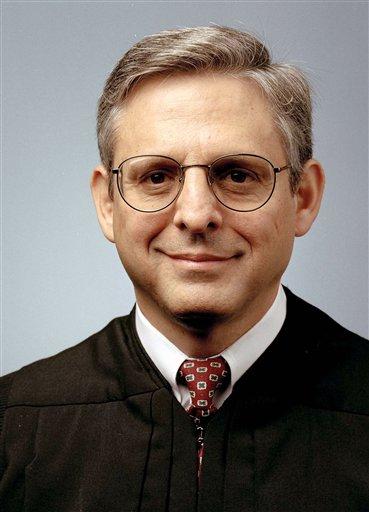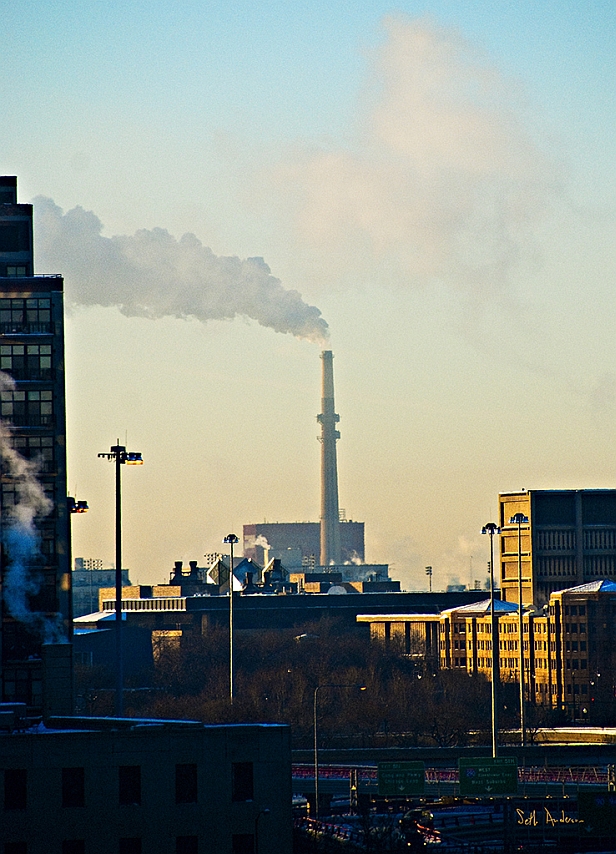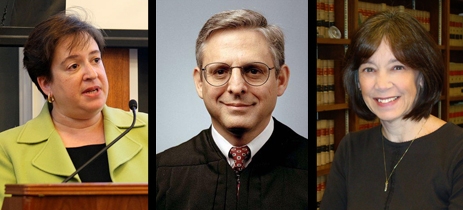Update: Supreme Court nominee Elena Kagan hasn’t said much about her environmental views, but she has a solid record of supporting climate law. Here’s the full story on her green cred.
President Barack Obama is reportedly considering about 10 people to replace retiring Supreme Court Justice John Paul Stevens, although popular consensus has quickly settled on just three: Elena Kagan, Diane Wood, and Merrick Garland. A National Journal poll of court-watchers picked Kagan as the most likely, with Wood and Garland as the only close contenders.
Obama’s choice will have a direct bearing on climate policy, as the court is likely to hear a number of consequential cases in the coming years. It already affirmed the EPA’s authority to regulate greenhouse gas emissions, but the agency is facing new legal challenges to that authority from the state of Texas, among others. If Congress passes a climate bill, it would face similar challenges. And towns such as Kivalina, Alaska, threatened by the effects of carbon pollution, are pursuing public nuisance lawsuits against fossil fuel companies, which could be appealed up to the Supreme Court.
So here’s a look at the environmental records of these leading contenders:
 Courtesy Doc Searls via Wikimedia Commons
Courtesy Doc Searls via Wikimedia Commons
Elena Kagan
As Obama’s solicitor general, Kagan represents the U.S. government before the Supreme Court. But because it’s her job to represent the government’s view, the work doesn’t reveal much about her judicial philosophy or environmental priorities. And she’s never served as a federal appeals judge (unlike the other nominees and all current justices), or any kind of judge, so she has no judicial record to assess.
One indicator of her philosophy is her six years as dean of Harvard Law School, from 2003 to 2009, where she helped found the Environmental Law Program. Kagan lured the highly regarded environmental policy and regulation scholar Jody Freeman from UCLA to lead the program, one of the most prominent hires of her Harvard tenure. Kagan also launched an Environmental Law and Policy Clinic that puts students to work on current cases.
“For many years, Harvard was not known for a primary expertise in the environmental jurisprudence, and that changed under Dean Kagan’s watch,” environmental law professor Jim Rossi told Greenwire last year.

Merrick Garland
The District of Columbia Court of Appeals judge is considered the insider’s choice–widely known and liked in Washington legal circles, able to draw support from both Democrats and Republicans. Former Bush Justice Department official Ed Whelan called Garland “the best that conservatives could reasonably hope for from a Democratic President.”
That won’t excite progressives, but they might appreciate the role he played on the D.C. Appeals Court in repeatedly smacking down environmental shenanigans from the Bush administration EPA. In 2004, he wrote the court’s opinion [PDF] that found the Bush EPA had deliberately dragged its feet on smog standards, ruling in favor of Earthjustice and the Sierra Club.
 Courtesy Linda Rux via Wikimedia Commons
Courtesy Linda Rux via Wikimedia Commons
Diane Wood
Wood sits on the Seventh Circuit Court of Appeals in Chicago, where she’s considered a liberal counterweight to conservative heavyweight Richard A. Posner. Her signature environmental mark was defending the scope of the Clean Water Act in Solid Waste Agency of Northern Cook County (SWANCC) v. U.S. Army Corps of Engineers. The case questioned whether seasonal and non-navigable waterways should be considered protected, a dilemma stemming from ambiguous language in the Act. Wood’s majority opinion held that regulations should apply to such waterways. The Supreme Court reversed that decision, however, limiting the reach of clean-water regulation. It’s an issue the court could well examine again.
Wood’s position on that case might give encouragement to fans of clean water, air, and soil because it rests on a broad interpretation of the Interstate Commerce Clause of the Constitution, the foundation of much federal environmental regulation. Given Chief Justice John Roberts’ ambiguous position on the commerce clause, Wood’s support could be an asset.




